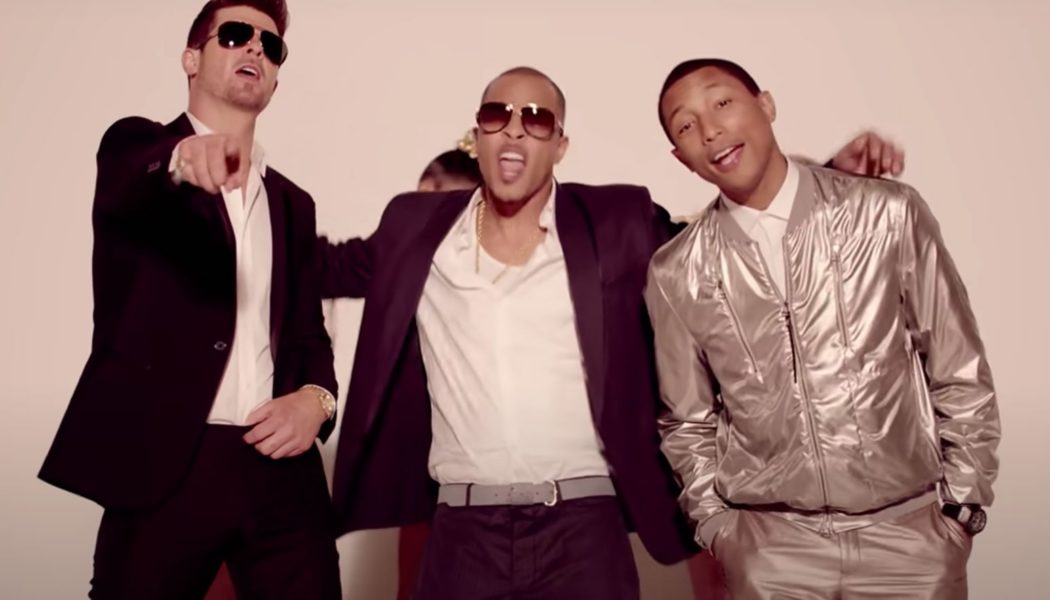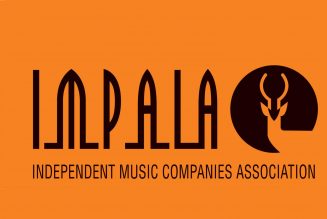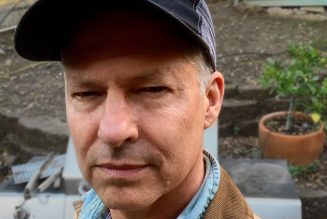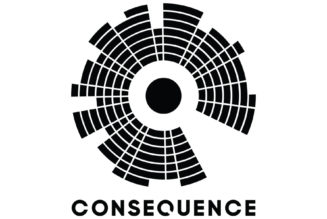
Some of these include HookTheory, a database which breaks down melodies, or the Music Copyright Infringement Resource (MCIR), which compiles music copyright cases from the mid 20th century onwards, both from the U.S. and some foreign territories. Though musicologists employ various online databases, today these options are still rudimentary and are only used to supplement the musicologist’s expertise. Creating a truly accurate tool would necessitate more advanced artificial intelligence than is currently available.
In music, there are two separate copyrightable elements: the sound recording and the underlying composition itself. For sound recording copyright disputes, it is much more straightforward: if an artist copied and pasted a portion of a sound recording (“sampling”) into a new work without permission, it is an obvious form of plagiarism. For composition (“song”) copyrights, where the majority of litigation and finger pointing occurs, it is often less apparent. Compositions are defined as the elements that are written down on sheet music, like a song’s chord structure (if unique), lyrics, and melodies. Copying one of these compositional elements is known as an “interpolation.” For many popular uses, samples and interpolations are cleared properly in advance, but when these are not cleared (or a possible interpolation occurred unintentionally), it leaves the newer work vulnerable to accusations of copyright infringement.
The “Blurred Lines” trial, which claimed the Hot 100-topping hit of that name by Robin Thicke, Pharrell Williams, and T.I. plagiarized the composition “Got To Give It Up” by Marvin Gaye, was particularly controversial because some felt it centered on similar feels of the songs — perhaps widening what elements are considered to be protected under copyright law.
If an element is found to be substantially similar between a new and pre-existing work, a musicologist may advise the artist or writer to change a few pitches in the melody or make other alterations to ensure the new song’s originality. Once a musicologist feels the song is singular enough, they will provide the client with an official document called a “clearance letter.” “It won’t stop you from getting sued, but it’ll show you were doing your due diligence,” says Nate Sloan, assistant professor of musicology at University of Southern California and host of the podcast Switched on Pop.
Another option for proactive music makers is to purchase errors and omissions insurance, a costly but potent shield against an even more costly infringement lawsuit in the future. Sandy Wilbur, the forensic musicologist for the defense in the “Blurred Lines” trial, says, “for major artists and songwriters, this is worth considering.” Today, it’s most commonly purchased by musicologists, advertising agencies (when using music in their projects), and larger publishers and labels. According to the Association of Music Producers (AMP) and the Association of Independent Commercial Producers (AICP), there are group rates available for union members to lower costs, starting at $7,000 for an e&o policy covering copyright infringement. This insurance, however, only covers infringements made accidentally, not intentional copying (like willfully using a sample and never disclosing its use).
To Benett, the greatest challenge facing songwriters and artists in the event of a copyright infringement accusation is “separating the song and the sound recording — because to the audience, it’s just a song. It’s one simultaneous experience for them.”
In recent years, the general public seems to be more invested in music plagiarism than ever, and Wilbur believes the “Blurred Lines” trial was a turning point for public interest in her field of work and led to an increased number of fan-made mashups of two similar songs. “But mashups can be misleading,” she warns. “Anything with a similar or compatible chord or rhythmic pattern can be manipulated — pitch or speed for instance — to sound similar, when in fact, the resulting mashup only shows common musical elements that are often not protectable.”
Often, general listeners will pick up on similarities that are commonplace and not unique to the so-called plagiarized work and therefore not protectable under current interpretations of copyright law, but experts say public opinion can affect whether a musicologist is hired or an infringement case is filed. “Even a YouTube commenter noting a similarity will sometimes lead the parties to contact each other,” says Bennett. This is something that may have even affected the “Blurred Lines” trial: According to Richard Busch, attorney for Marvin Gaye’s estate, even though Jan Gaye, the late singer’s second wife, noticed the similarity between the two songs herself, “the internet was full of people saying this too… There is no doubt that chatter affected a lot of things initially in the case.”
In what Busch calls the “perfect storm” of elements to make the trial headline news, the “Blurred Lines” case, like other copyright infringement cases, are “oftentimes a PR battle” too. The trick now is ensuring inspiration will not yield infringement claims. “It’s one of the most common questions when you start a songwriting session: ‘What are you listening to right now?’” says Sloan. “My professional opinion is that saying [you’re listening to or inspired by certain music] doesn’t represent deliberate copyright infringement.”
Still, taking inspiration from one’s heroes can be risky, and admitting it publicly can be even riskier. For Thicke, who told GQ that “one of [his] favorite songs of all time was Marvin Gaye’s ‘Got to Give It Up.’” and that “[they] should make something like that, something with that groove,” during the songwriting session which produced “Blurred Lines,” his words were used against him during the trial.
Trials are an important part of the work a forensic musicologist does, but Bennett says that they are just the “tip of the iceberg.” These professionals are also involved in private settlements, which are much more common than trials, and can help with copyright valuations to determine what percentage of the composition or sound record’s ownership should be ceded to the prior work’s owners.
Though there are some legal parameters around what is considered plagiarism and what is not, the interpretation of copyright law is always changing. “Music is subjective, all art is,” Sloan says. “Musicologists have different perspectives on where the line of copyright should lie. It will always be subjective.”











